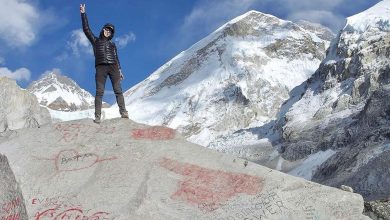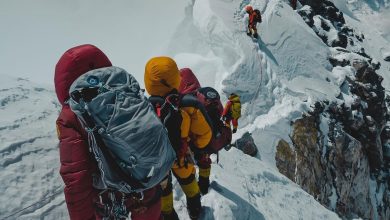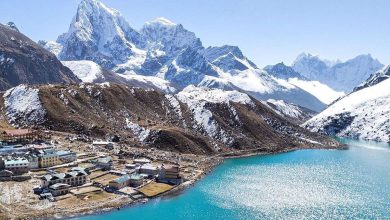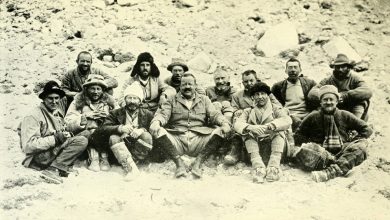Which is the Most Difficult Everest Route?

Mt. Everest, the tallest snow-clad mountain in the world at an elevation of 8,849 meters (29,035 feet) shares a border with countries Nepal and China. Thus, due to its natural position, there are two major routes for the expeditioners who are seeking glory on this highest peak in the world; the southeast ridge in Nepal and the north ridge in Tibet.
The southeast ridge from Nepal’s side was the route that Tenzing Norgay Sherpa and Sir Edmund Hillary took for their expedition to the top of the world on 29th May 1953. This mountaineering duo were the first people to ever set foot on the summit of Everest; at that time the Chinese border was not open for Westerners.
Reaching the top of the tallest mountain which is also dubbed as the ‘Third Pole’ is certainly not an easy task, it takes a great level of determination, physical passion, and just undying love for the mountain slopes. Even so, you might be wondering which is the most difficult Everest route among these two main climbing routes.
Southeast Ridge or North Ridge- Which is the Most Difficult Everest Route?
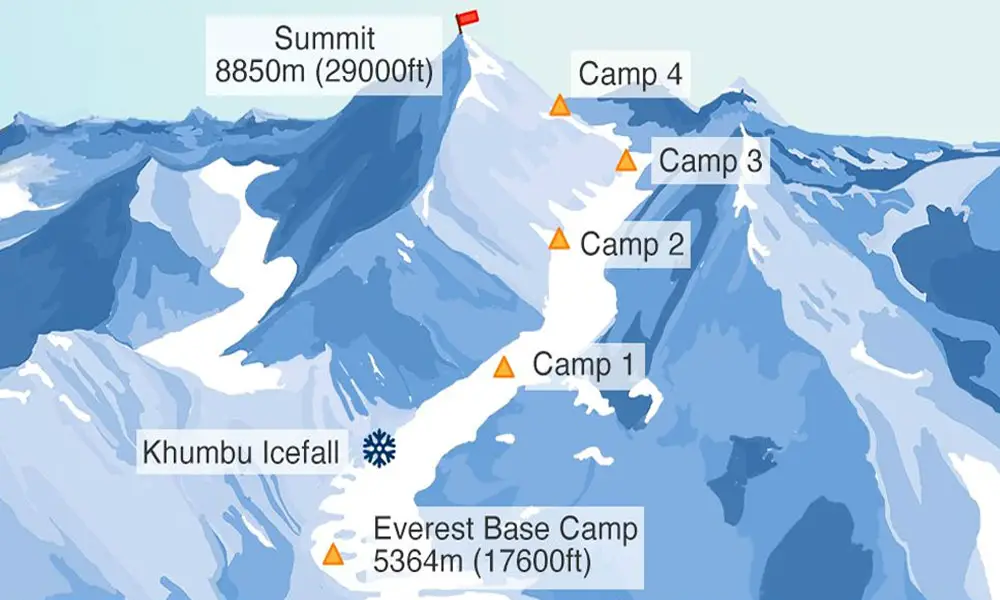
Ascending in either of the Everest routes that lead to the summit is not an easy task, both of these are extremely difficult, and you will need a fair share of physical and mental preparation as well as mountaineering experience to climb this mountain. But, even among these two, the southeast ridge from the Nepali side is considered to be technically easier compared to the north ridge from the Tibetan side.
The north ridge compared to the south ridge is considered a difficult route because of the time spent on the higher altitude, route distance to reach the summit, and weather conditions on the northern side of the slope. In fact, the weather condition on the northern side (China’s side) of the mountain influenced by the continental plateau climate is so fierce and unpredictable that it has many fierce winds and colder night even in the peak seasons compared to its southern counterpart.
Southeast Ridge Everest Route
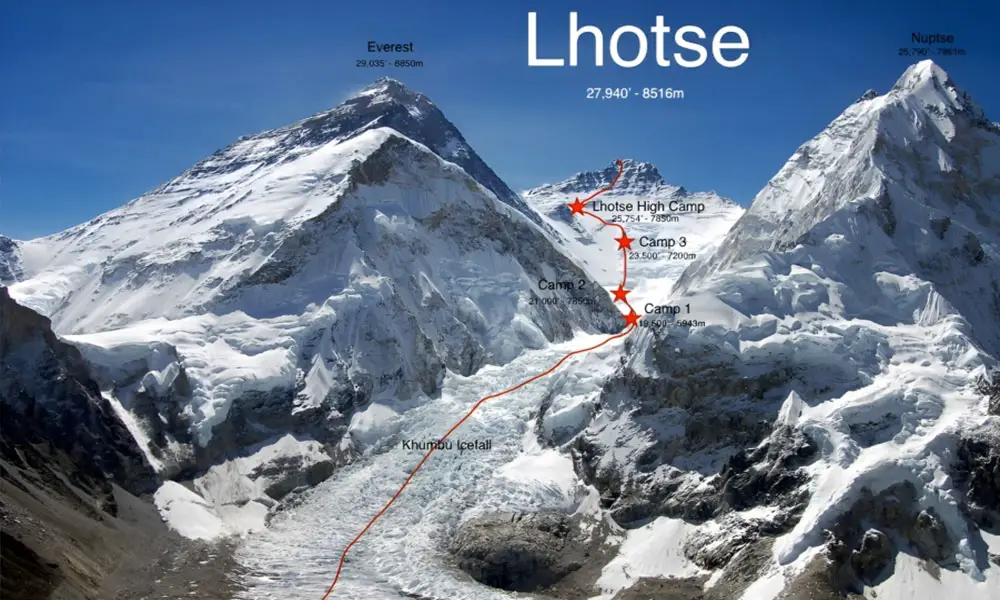
Gaining popularity after the summit by the mountaineering duo Tenzing Norgay Sherpa and Sir Edmund Hillary in 1953, this route is still the most popular route that many mountaineering enthusiasts take on their scaling to the summit of Everest. Located in the Sagarmatha National Park, the Nepali side claims 30% of the mountain on the southern slope. And this famous expedition route is formed on that 30% of the Nepali side slowly carving its way up to the summit of the tallest mountain from the tallest base camp in the planet, Everest Base Camp (5,364 meters).
This Southeast Everest Base Camp expedition route is also one of the most popular trekking expeditions in the world; starting after a short-scenic flight to Lukla from Kathmandu, this route takes you from teahouses along the trail toward base camp. You will pass several beautiful high-Himalayan settlements and popular destinations along the trail like Namche Bazaar, Tenngboche, Dingboche, Loubuche, Gorakshep, and Kalapatthar. Then after arriving at the foothills of Everest, this trekking expedition turns into a mountaineering expedition.
Including the Everest Base Camp, there are four more camps on the southern slope of the mountain, that help the climbers to acclimatize properly to the high-altitude environment. Following the mountain trails, you will overcome one of the most difficult sections of this climbing, Khumbu Icefall (5,486 meters) while moving from Base Camp to Camp I (6.065 meters). From there, you will keep moving back and forth on Camp II (6,400 meters), Camp III (7,300 meters), and Camp IV (7,950 meters) before finally pushing for the summit of Everest (8,849 meters).
North Ridge Everest Route
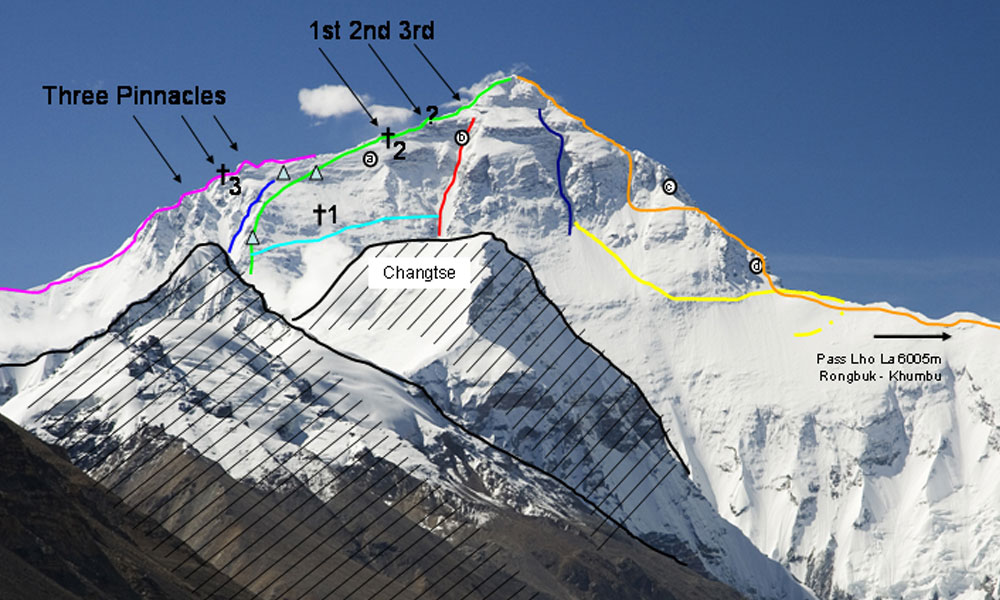
The north ridge considered the most difficult Everest route ists on 70% of the mountain that is on the Tibetan Chinese side and the Nepali side of Everest is just 12% higher than the Tibetan side. This climbing route is considered to be the most challenging route to scale this glorious peak due to the presence of a more difficult technical climbing section on the steep rock and ice faces of the mountain.
The harsh weather and temperature of the northern side also elevate the difficulty level of the expedition and is more prone to avalanches. Although there isn’t an icefall on the northern slope of the mountain, the mountaineers need to deal with the rigorous elevation points for a longer period than from the expedition on the southern side. Not only that, helicopter rescue and evacuation is not possible on the southern slope of the mountain as there is no suitable helicopter landing zone in any of the base camp on the north ridge trail. Thus, the climber will have to descend down to the Chinese Base Camp (5,182 meters) for any medical attention and emergencies.
Unlike the Everest route on the southern side of the slope of the mountain, the north ridge consists of six camps on the mountain in total including the base camp. The first camp is situated right below the Rongbuk Glacier and moves toward the Interim Camp (6,187 meters). From there, the trail ascends toward the Advanced Base Camp (6,492 meters), Nort Col or Camp I (7,000 meters), Camp II (7,500 meters), Camp III (8,300 meters), First Step (8,500 meters), Second Step (8,577 meters), Third Step (8,690 meters) and finally to the Summit (8,850 meters).
Note: Which is the Most Difficult Everest Route?
Although the Everest climbing route from the southern slope, the Nepali side is considered a less daunting summit route, it in no way means that the expedition will be like a walk in the park. You need a significant amount of preparation, mountaineering skills, and experience to climb the mountain the southeast ridge. The right amount of prep time for this glorious expedition is considered to be about 6-8 months or more and you will also need a previous climbing experience of at least 6,500 meter class mountain in the Nepali side of the Himalayas.
You may also like:
